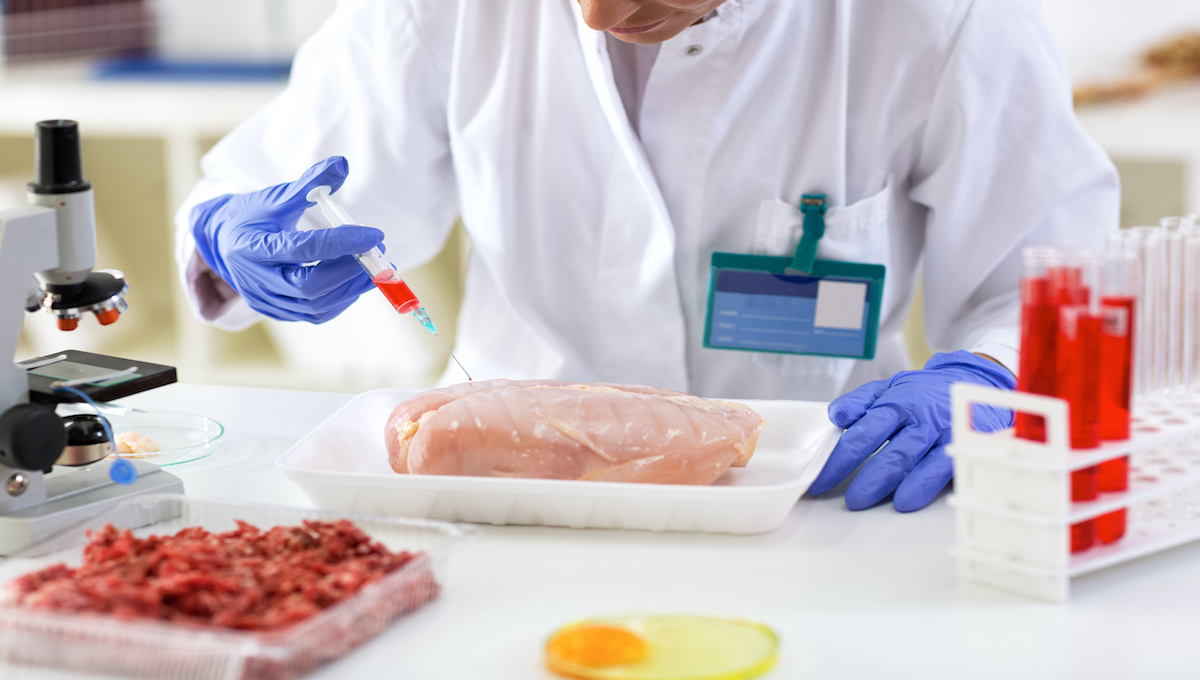Marler renews call for declaring ‘outbreak serotypes’ of Salmonella as adulterants in meat and poultry

Food safety attorney Bill Marler wants to know what’s up with his petition calling on the USDA to declare specific “outbreak serotypes” of Salmonella as adulterants in meat.
He filed the petition more than a year ago, on Jan. 19, 2020, with USDA’s Food Safety and Inspection Service (FSIS), on behalf of Rick Schiller, Steven Romes, the Porter family, Food & Water Watch, Consumer Federation of America, and Consumer Reports.
The petition asks FSIS to declare the following Salmonella “outbreak serotypes” as per se contaminants in meat and poultry products:
Salmonella Agona, Anatum, Berta, Blockely, Braenderup, Derby, Dublin, Enteritidis, Hadar, Heidelberg, I 4,[5],12:i:-, Infantis, Javiana, Litchfield, Mbandaka, Mississippi, Montevideo, Muenchen, Newport, Oranienburg, Panama, Poona, Reading, Saintpaul, Sandiego, Schwarzengrund, Senftenberg, Stanley, Thompson, Typhi, and Typhimurium.
Marler says reducing salmonellosis from meat and poultry “demands bold action” beyond that yet taken by FSIS. Salmonella is a leading cause of foodborne illness in the United States, causing 1.35 million illnesses, 26,500 hospitalizations, 130 outbreaks, and 420 deaths each year.
Marler wrote Paul Kiecker, USDA’s Acting Deputy Under Secretary for Food Safety. He filed a copy with the Docket Clerk.
While diagnostic technology has improved, researchers say that does not entirely explain why Salmonella’s presence has increased.
According to the Interagency Food Safety Analytics Collaboration, food regulated by FSIS “substantially contributes” to the public health burden.
“Designing Salmonella performance standards to more closely align with the goal of reducing foodborne illness is fundamental to improving food safety,” Marler wrote.
“Currently, Salmonella performance standards measure how well an establishment is reducing the frequency with which its products test positive for contamination by any Salmonella species. FSIS verification testing may identify virulent strains of Salmonella that are linked to currently ongoing outbreaks, but the product nevertheless can go into commerce so long as the establishment has a sufficient number of ‘negative’ samples and is otherwise meeting the rules designed to show that its plant conditions are not ‘insanitary.’ This indirect approach is not working.”
“To protect the public, FSIS needs to acknowledge that certain Salmonella serotypes pose an unacceptable risk to consumers and make rules to keep adulterated products contaminated by these serotypes off the shelves,” he concludes. ” Accordingly, we invite you to respond favorably to our petition.”
After the petition was filed, this past September, the FSIS presented a “Salmonella-State of the Science” seminar. At that time, the FSIS released its most recent plan to decrease Salmonella, which it recognizes as one of the leading causes of foodborne illnesses. The “Roadmap to Reducing Salmonella: Driving Change through Science-Based Policy” outlines programs and policies that are science-based, data-driven, and promote innovation to reduce Salmonella in meat, poultry, and egg products.
“This roadmap represents FSIS’s commitment to lead with science and data in all that we do. It puts us on a course to aggressively target Salmonella and other foodborne pathogens,” USDA’s former Under Secretary for Food Safety Mindy Brashears said at the time of the seminar.
During a four-month comment period, the petition received 377 comments, including many who used a template provided by an alternative food organization.
Finally, Marler reminded FSIS that under both the Administrative Procedure Act and court decisions, agencies owe petitioners a response within a “reasonable time.” He said those responses may be compelled by the courts if an unreasonable delay has occurred.
Editor’s Note: Bill Marler, managing partner of Marler Clark LLP PS, is also the publisher of Food Safety News.
(To sign up for a free subscription to Food Safety News, click here.)
